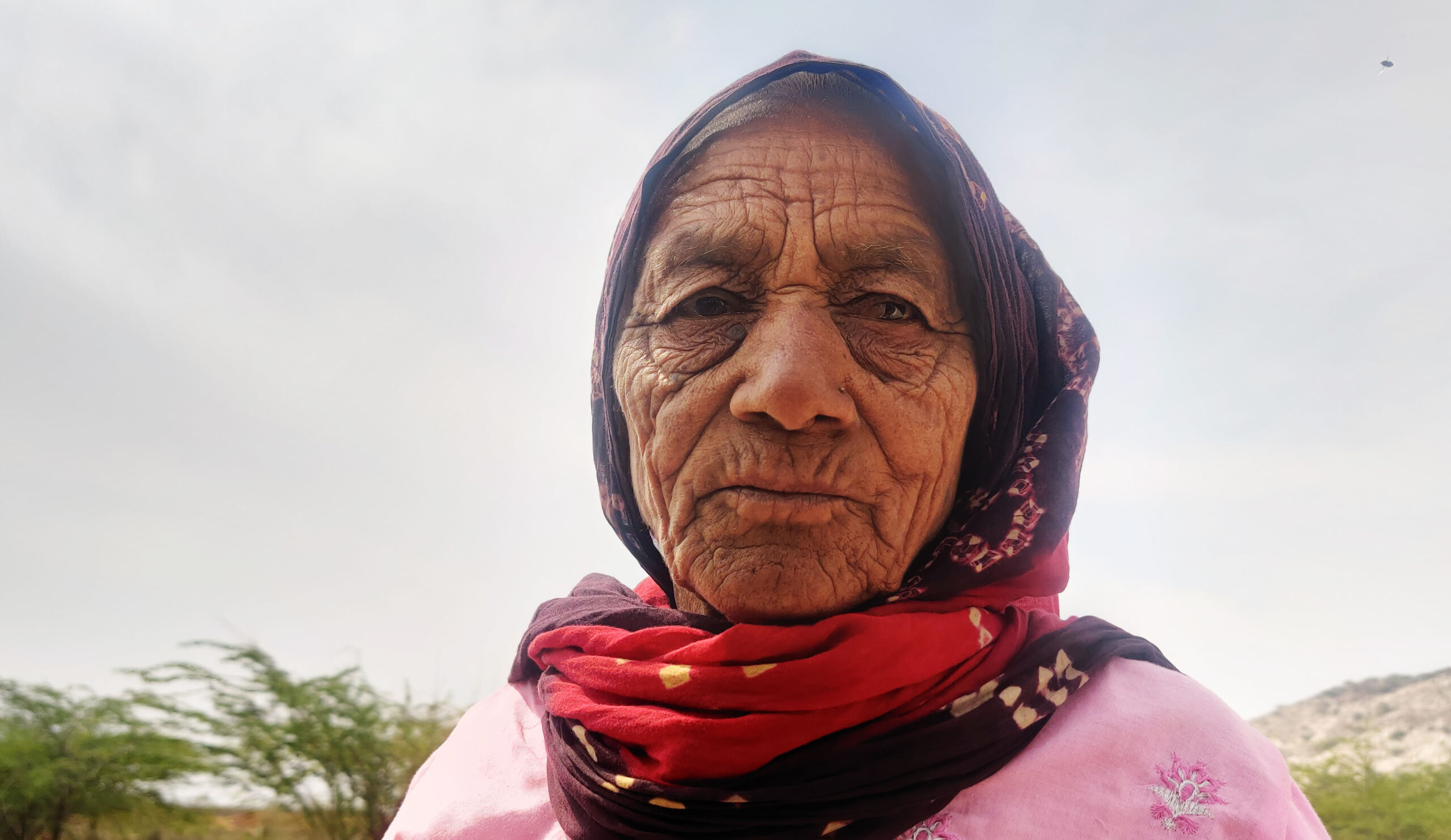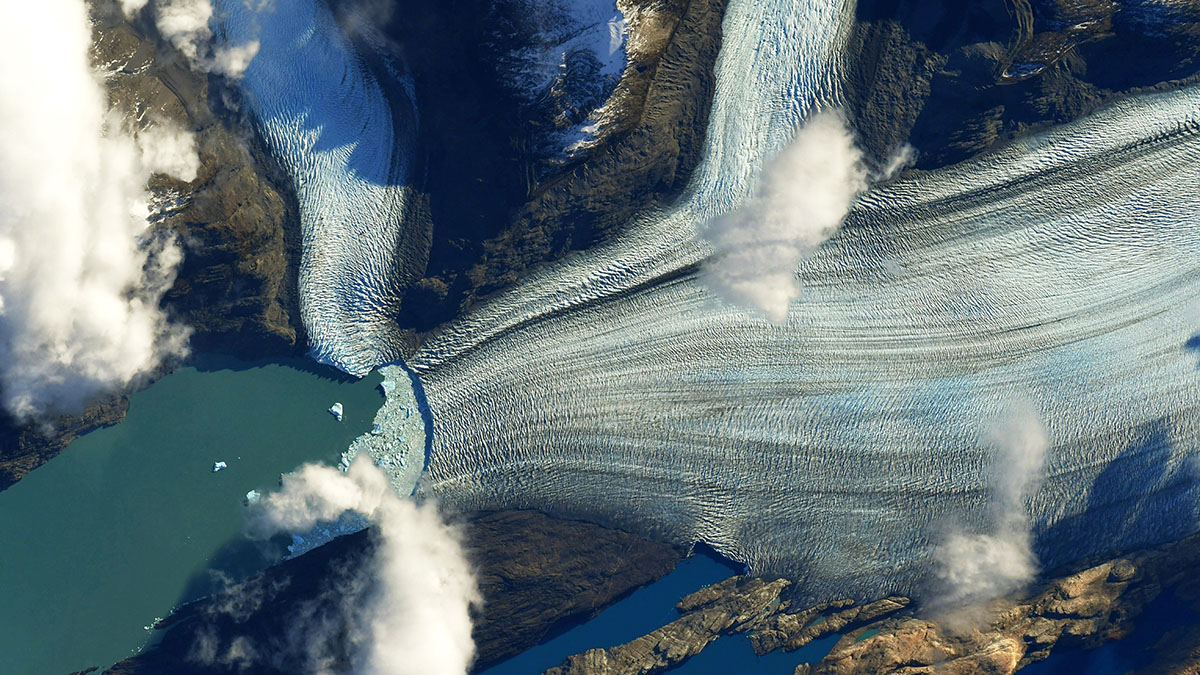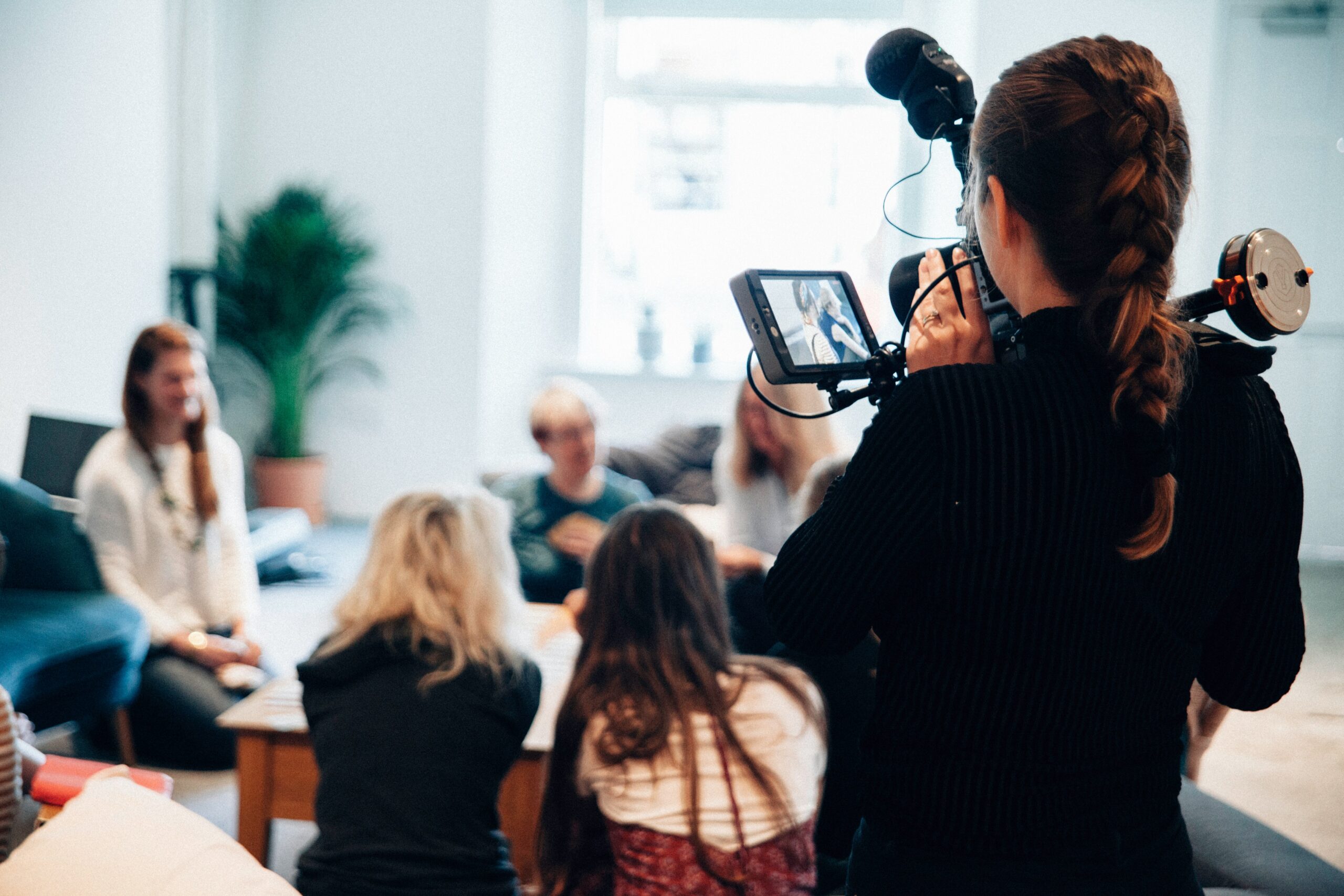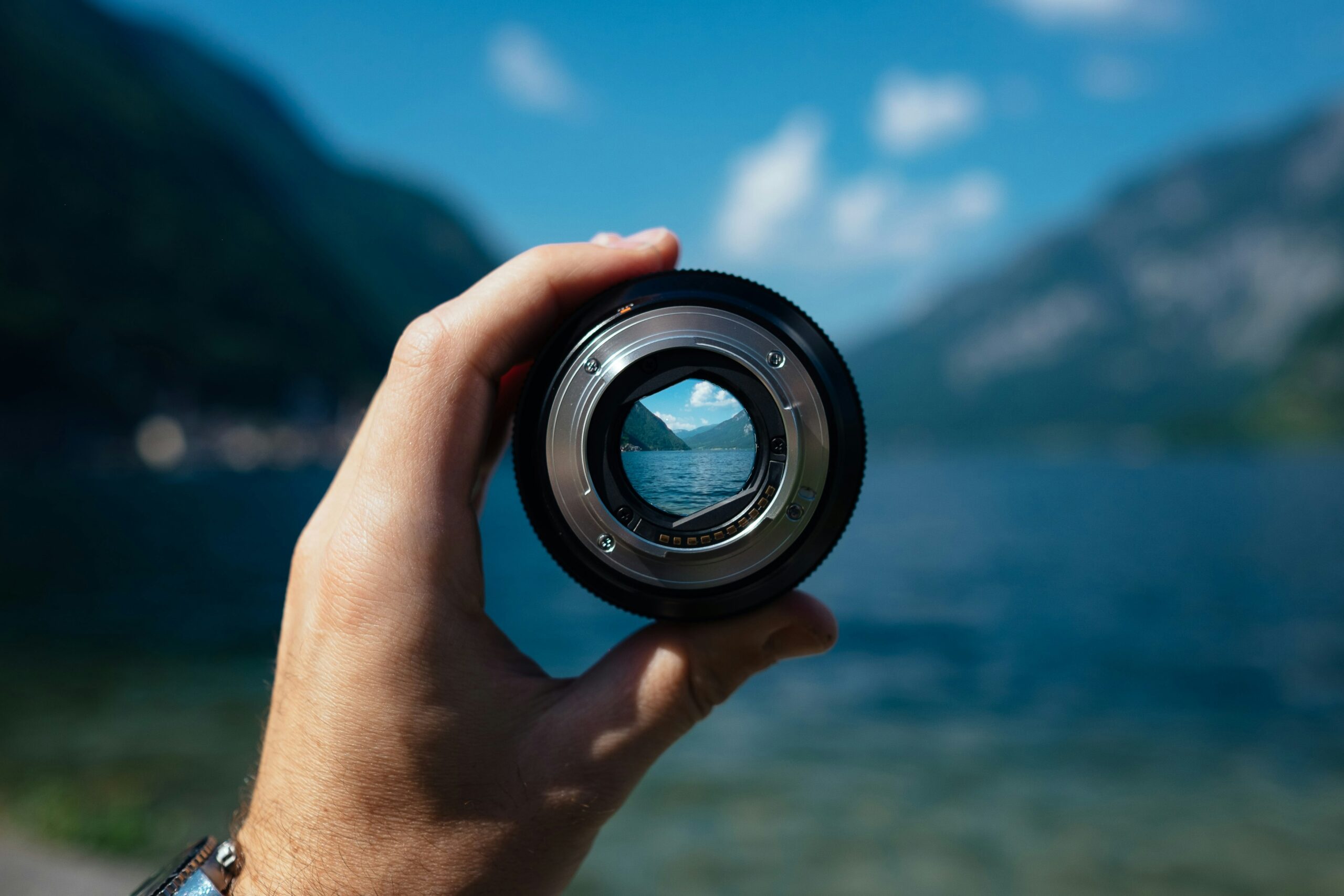HERE’S HOW TO DO IT.
How newsrooms can introduce nuance when covering gender and climate change
Like all journalism, climate reportage too suffers from a poor representation of women and LGBTQ+ groups. At the same time, women are in general more likely to suffer from climate change.
Mahima Jain and Kristian Elster
In Collaboration with Tais Gadea Lara
Climate impacts are unequal. Women are seen as more vulnerable to climate change than men, as they may have fewer resources to deal with the impacts of climate-related extreme events. When combined with intersectional aspects like race, class, sexuality, and more, people’s experiences of climate change may vary greatly. Using this complex lens allows us to find stories of multiple and overlapping forms of discrimination or privilege, which climate change can worsen.
To give an example, climate change adversely impacts LGBT+ groups in the US. Because of existing disparities in access to health, education and employment, women and LGBT+ suffer more in the face of climate change. However, highlighting these impacts is not enough. “What now and How?,” are the questions reporters need to repeatedly ask when constructively covering the intersection of climate and gender.
Identify the fundamental problem: Journalism suffers from a gender bias, only 24% of news subjects are female, global surveys show.
The basic starting point should be to include equal representation of men and women as sources, such as the BBC 50:50 Equality project covering 145 media organisations.
Use of good journalism tools such as gender-disaggregated data and investigations as case studies will help uncover gendered climate change impacts.

Beyond heroines and victims
Women are often portrayed as helpless victims or defenders on the frontlines of climate change. The real picture is more nuanced. Women have agency in the face of extreme weather events that displace them, and when taking climate action within their communities or in their personal lives. Journalists also need to understand intersectionality. –different races, ethnicities, castes, educational backgrounds and so on.
Paint a layered, more accurate picture of women in times of climate crisis. Like this story of LatFem giving voice to a community leader to show the challenges and actions that women farmers are facing and undertaking against climate impacts and the patriarchy production models.
Only 4% of all newspapers, radio and TV reports challenge gender stereotypes, the IMS found. Within climate reporting the number may be smaller.
For instance: the UN has said that an estimated 80% of climate migrants are women. However, as this piece in Undark noted, this number is baseless. This piece busts the myth that women are victims in search of shelter. When climate disasters strike, it is the men who migrate for employment and women stay put. “The biggest harm of a dubious climate statistic like this one may be more insidious: It could erode trust,” the author notes.
Look for gender in climate policy
Journalists should keep an eye on all climate policies and discussions that are dominated by men. The early COPs were rooms full of men in suits. However, this picture has been changing little by little. Not only should more women participate in climate policy-making at all levels, their needs should be met through policies and state action. Climate policy needs to become more gender-equal, Nordic Co-Operation notes. These stories can intersect with health, economy or other sectors.
For instance, a 2024 story by Devex found that heat exposure doubles risk of adverse pregnancy outcomes. This means policymakers working on health can no longer shy away from looking at climate as well. These stories can ask “What now” questions to hold policy makers to account.
Women & Gender Constituency (WGC) is the stakeholder group under the climate negotiations’ process that works to ensure that women’s voices and their rights are embedded in the process. So if you want to go deep in gender and climate policy it’s the source to start with.

What men need
In several countries in the global north, there is a strong difference between how men and women perceive climate change. Women tend to be more concerned about climate change and more in favour of action to combat it. A study by Pew Research Center from 2019 U.S. Public Views on Climate and Energy, Pew Research Center shows 34% of men agreed “that the federal government is doing too little to reduce the effects of climate change”. The corresponding number for women is 46%.
A study from Norway from 2023 Klimaskepsis – Energi og Klima shows that while 75 percent of women agrees with “climate change is caused by humans”, only 66% of men think so. Newsrooms need to take this into account when planning stories. Climate change stories targeting women can focus on climate action, and those for men may need to also focus on climate literacy and science.
Diversify your expert sources
Like journalism, science has a gender problem. Only 29.2% of science, technology, engineering and mathematics (STEM) professionals in 146 nations were women, data shows. This includes specialities such as climate science and fields that work on climate mitigation. Other studies have found that women are used as experts in the news media only 19% of the time.
One obvious gap is in mitigation stories. We have observed that stories on climate action are often loaded with voices of male scientists, politicians, engineers, policymakers and businessmen. While women are more engaged in climate issues than men, men have greater influence in the industries tackling climate issues.
“Few women have influence in the energy transition, and only one in three Nordic green workers is a woman,” Nordic Co-Operation noted when announcing a knowledge hub on gender and climate in 2023. Find more women scientists and experts for all climate stories. Quote policymakers and politicians who are women or identify as LGBT+.
Here’s a list of resources journalists can use and here a story example of how to show women scientists working for climate action with a diversity of backgrounds and areas of work, and ages and regions represented.
Menu



